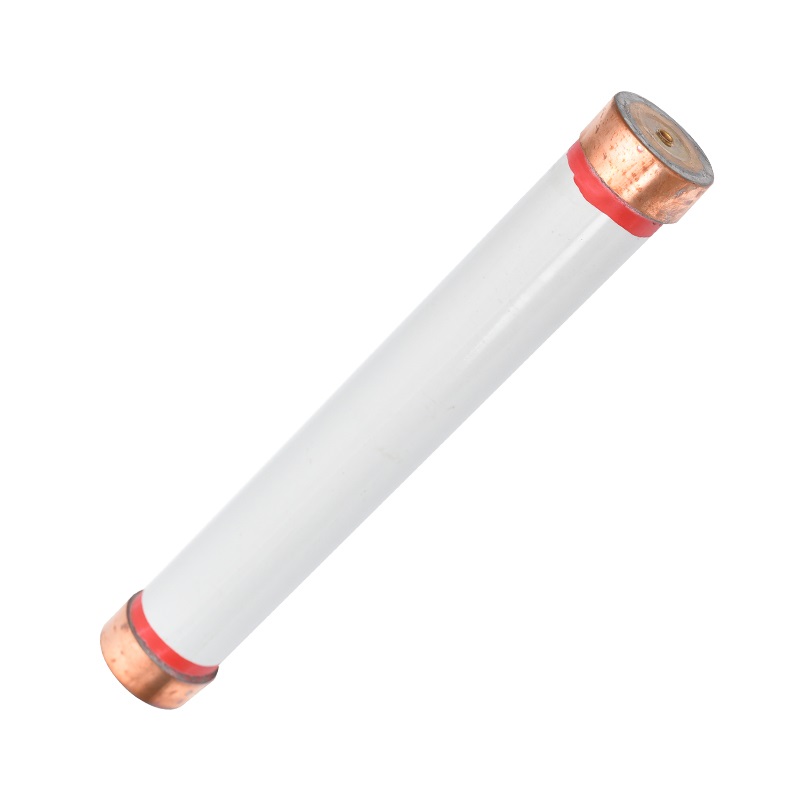Introduction and fusing characteristics of RN1/RN3 indoor high-voltage current-limiting fuses
RN1/RN3 indoor high-voltage current-limiting fuses are key components for protecting power lines from overloads and short circuits. This type of fuse is designed to limit the magnitude of fault current, thereby preventing widespread damage to the electrical system. Understanding the blowing characteristics of these fuses is critical to ensuring reliable and safe operation of high-voltage distribution networks.
The main function of the RN1/RN3 indoor high-voltage current-limiting fuse is to limit the short-circuit current before it reaches its peak value. This is achieved through the use of advanced materials and design features that enable the fuse to interrupt the flow of electricity during fault conditions. When the current through the fuse reaches 1.3 times its rating, it is able to maintain that current for up to an hour without blowing. But when the current exceeds 2 times its rated value, the fuse will blow within 1 hour, effectively isolating the fault and protecting downstream equipment.
One of the main advantages of RN1/RN3 indoor high-voltage current-limiting fuses is their ability to interrupt fault currents quickly and reliably, thereby minimizing the impact of short-circuit events on the distribution system. This feature is critical to maintaining the integrity of the electrical grid and preventing widespread outages and equipment damage.
In addition to their current-limiting capabilities, RN1/RN3 indoor high-voltage current-limiting fuses are designed to withstand the rigors of indoor installations in high-voltage environments. Its rugged construction and high-quality materials ensure it can operate effectively in demanding conditions, providing long-term protection for power cords and related equipment.
In summary, RN1/RN3 indoor high-voltage current-limiting fuses play a key role in protecting high-voltage distribution systems from overload and short-circuit conditions. Its unique fusing characteristics, including current limiting and rapid fault interruption capabilities, make it an indispensable component to ensure the reliability and safety of indoor high-voltage electrical installations.
Post time: Jul-31-2024
